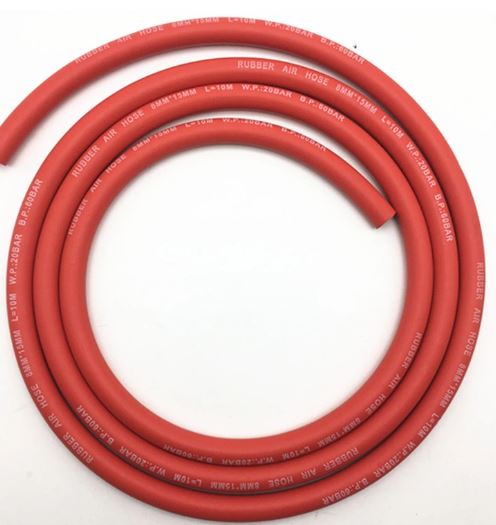Understanding the Distinctions among Pipes, Tubes, and Hoses in Industrial Applications
Understanding the Difference Between Pipe, Tube, and Hose
In the world of fluid transport, the terms pipe, tube, and hose are often used interchangeably. However, they refer to distinct categories of materials that serve specific purposes in various applications. Understanding the differences between these three can help engineers, plumbers, and manufacturers select the right product for their needs.
Definition and Structure
Pipes are typically cylindrical conduits used to transport fluids or gases. They are mainly defined by their internal diameter and must adhere to specific standards regarding wall thickness and material. Pipes are usually made from materials like steel, copper, plastic, or concrete, and can withstand varying pressure levels depending on their construction. The primary role of a pipe is to convey substances; therefore, their shape is more about functionality than flexibility.
Tubes, while also cylindrical, differ from pipes in several ways. Tubes are defined by their outer diameter and wall thickness rather than internal diameter alone. They are often manufactured with more precise dimensions and are used in applications requiring specific calibrations, such as in medical or aerospace contexts. Tubes can be made from materials akin to those used for pipes, but they often have tighter tolerances and can be manufactured in different shapes such as square or rectangular.
Hoses, on the other hand, are flexible, rubber or plastic tubes designed for transporting fluids, usually under pressure. Hoses are often reinforced with fibers or metal to improve strength and resistance to bursts, and they can handle a wide range of temperatures and pressures. Their flexibility allows for ease of movement and can accommodate vibrations, making them ideal for dynamic environments. Hoses are widely used in applications ranging from irrigation to automotive systems.
Applications and Functions
The applications of these three categories reveal further distinctions. Pipes are predominantly used in systems where fluids are transported over long distances—like municipal water supply or sewage systems. They are not necessarily intended for applications that require flexible connections, which is where tubes come into play.
Tubes are often found in more specialized applications such as in the medical field (e.g., catheters) or in precision machinery, where exact measurements and a higher degree of control are vital. Their rigidity and accuracy make them suitable for structural applications, such as scaffolding or frameworks.
difference between pipe tube and hose

Hoses are most commonly associated with applications in industries where mobility is required, such as agricultural irrigation, construction sites, and automotive engines. Their flexibility allows workers to maneuver and position them without permanent installations, which is essential in dynamic job environments.
Key Differences
1. Shape and Size Pipes are defined by their inner diameter, while tubes are defined by their outer diameter. Hoses, being flexible, can vary in size and shape but are predominantly cylindrical.
2. Flexibility Hoses are flexible and can bend to meet various angles and layouts. In contrast, pipes and tubes are typically rigid, with tubes sometimes offering slight flexibility.
3. Standards and Tolerances Pipes conform to specific industry standards established by organizations such as ASTM and ANSI, primarily focusing on transportation. Tubes, however, often adhere to tighter specifications to ensure precision, particularly in scientific and engineering applications.
4. Material and Design While all three can be constructed from similar base materials, hoses generally incorporate materials that enhance flexibility and resistance to environmental factors.
Conclusion
When selecting between pipes, tubes, and hoses, it is crucial to consider their distinct properties and intended applications. Each option has its own strengths, playing a vital role in various industries. Understanding these differences allows for better decision-making, ensuring that the right product is chosen for the specific requirements of any project. Whether you are transporting water, conducting medical procedures, or powering machinery, knowing when to use a pipe, tube, or hose can significantly impact efficiency and performance.
-
Unrivaled Performance and Applications of PU Pneumatic Hoses and TubesNewsJun.11,2025
-
The Transparent World of Industrial Tubing and Hosing SolutionsNewsJun.11,2025
-
The Intricate World of Pneumatic Conduits: Tubes and HosesNewsJun.11,2025
-
The Dynamic Landscape of Pneumatic Conduits: Unraveling Key ComponentsNewsJun.11,2025
-
The Diverse Applications and Significance of Transparent PVC TubingNewsJun.11,2025
-
High - Pressure Pneumatic Tubing and Systems: An In - Depth LookNewsJun.11,2025














